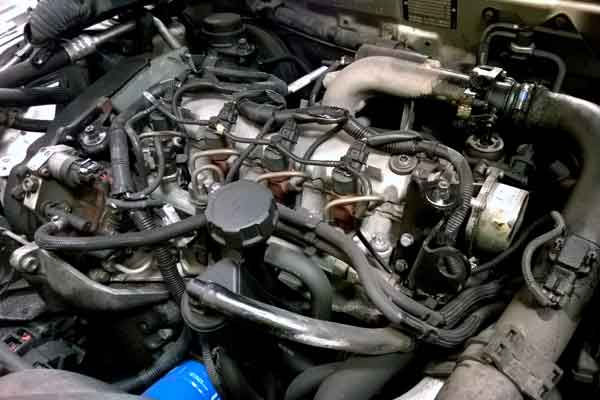How many parts are in a Car? Engine Car VS Electric Car

There was a time when automobiles were simpler and didn’t have lots of parts, but modern cars have a vast number of parts, including all sorts of electronic components for powering high-tech accessories.
But just how many parts are in a car? How about a bike or an airplane? Let’s work our way up from the simplest to the most complex to see just how many bits and pieces are working to get you where you’re going.
BICYCLES
Bikes are less complex than other forms of transportation, but they do have plenty of moving parts, some of which are quite small. Sure, there are big parts like the tires, chain and handlebars, but there are also small parts that connect everything together. Less expensive kid’s bikes don’t have as many parts as what professional or off-road cyclists ride, but you can expect to find roughly 900 parts on the average bicycle.
CARS

Cars are more complex, with many parts you can see and many more that are completely concealed. Just think about all the stuff inside a door alone: It hides parts to control the windows, locks, side mirrors, plus all of the bits for the door latches and handles. There’s a lot going on in a car, and it’s not just in the engine compartment. Add in plenty of wires, harnesses, and clips for all the electronics and engine parts, as well as all of the hoses, clamps, belts and bolts.
The exact number of parts in a car varies widely from car to car, but what’s the average? Typically, you can expect that there are about 30,000 parts in your car, from the tiniest nuts and bolts to the engine block. This is just a rough figure, so your car will likely have more or less. Note that the determining factor isn’t always the size of the vehicle. For instance, a bare-bones work van will have fewer parts to it than an up-market coupe with all the techy options and luxury add-ons included.

ELECTRIC CARS
Much is the same between an electric car and a gas-powered car in terms of components. They still need four wheels, tires, brakes, and all the cabin appointments and creature comforts one would expect, but the powertrains are where the two types diverge. A typical internal combustion engine has around 200 parts that need to be maintained and possibly replaced if they wear out. An electric vehicle takes that number down to around 20 parts. These figures don’t even factor in the transmission, a complex and expensive system that most electric vehicles skip altogether.
In general, with far fewer moving pieces, it can be much cheaper to maintain an EV than it is to keep a vehicle with an internal combustion engine in working order. When you look at the whole EV, the total number of components can be tricky to pin down, as you can count the cells in a battery as parts, and the number of those in a given vehicle can be anywhere from a few hundred to thousands. There’s no simple answer since it all depends on how you break down the individual parts.
AIRPLANES
If you thought cars were complicated, they’ve got nothing on airplanes. The bigger the plane, the more parts it has, so the amount can vary widely. To make things fun, we’ll use the example of the Boeing 747, a full-size jumbo jet. How many parts have to work to take off in a plane this big? The answer is roughly six million individual parts. Suddenly, that 30,000-part car looks relatively simple.
Next time you’re frustrated with mechanical troubles or stuck paying a bill for repairs, just remember how many parts go into even the simplest of vehicles. It stands to reason that parts break or wear out eventually. Because of everything going on under the hood and everywhere else, staying in tune with your vehicle and committing to regular maintenance is absolutely essential to keeping your ride on the road.
Interesting Reads;
PLASTIC MOLDING & BLOW MOLD, R&D, PROTOTYPE MOLD (SOFT TOOL, ALUMINIUM MOLD, SILICON MOLD& PLASTIC MOLD), DIE-CASTING, METAL STAMPING, MOLD DESIGN, MOLD BASE, MOLD FABRICATION AND MOLD TESTING, ELECTROFORMING/NICKEL INSERT, ผลิตแม่พิมพ์พลาสติก ฉีดพลาสติก

























For an enhanced gaming experience on Roblox, consider using the Solara Executor, a leading Roblox executor that streamlines script management and updates.
Great breakdown of the complexity in cars, bikes, and electric vehicles! It’s fascinating how much goes into making a car run smoothly, especially when you compare it to the simplicity of a bicycle or an electric car. Regular maintenance really is key to keeping things running smoothly.
By the way, if you’re looking to boost your social media game, you can Download TopFollow APK Unlimited Coins. It’s a great app for increasing your Instagram followers and likes, helping you grow your reach while you’re learning about all the parts that make vehicles tick!